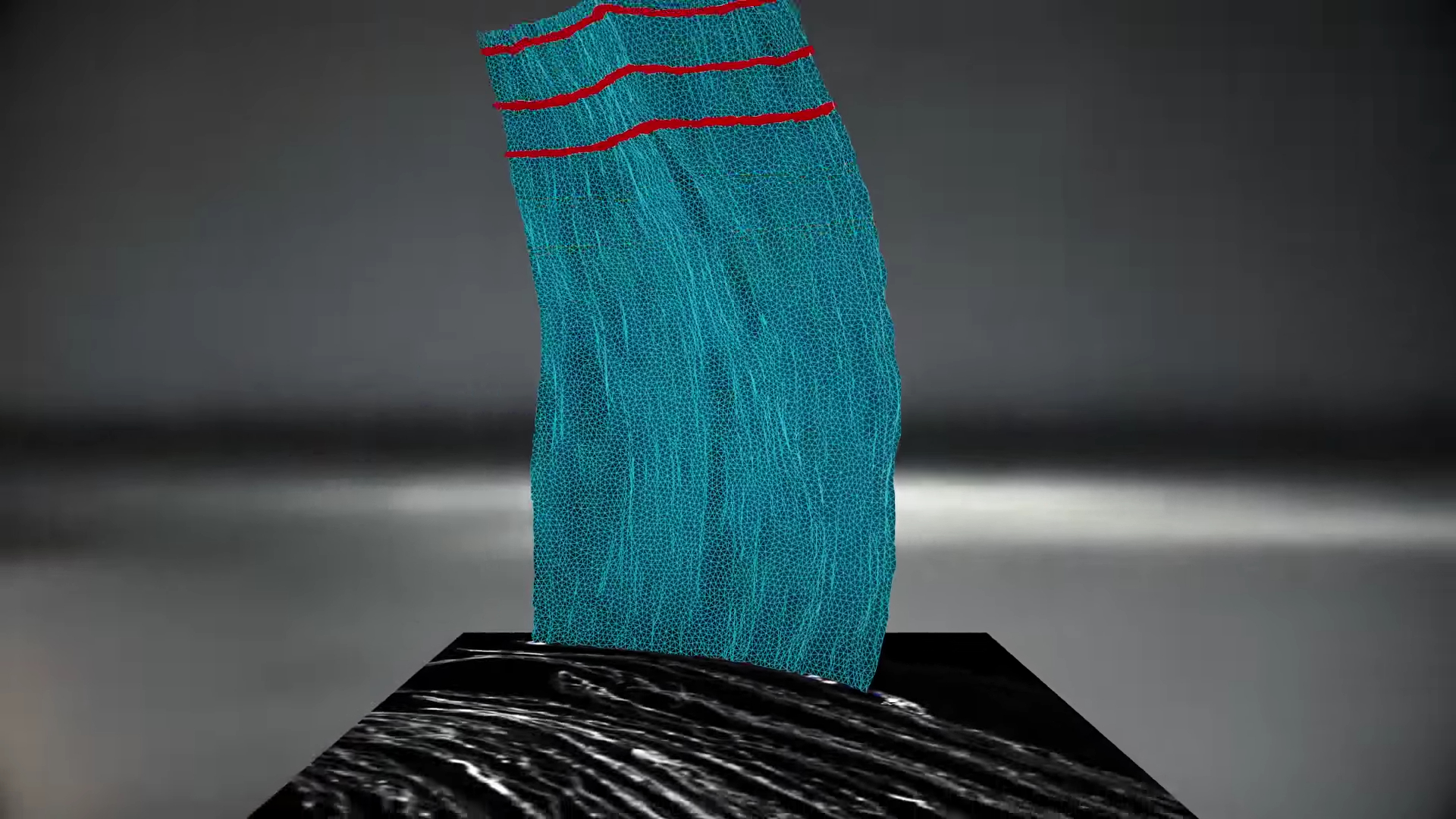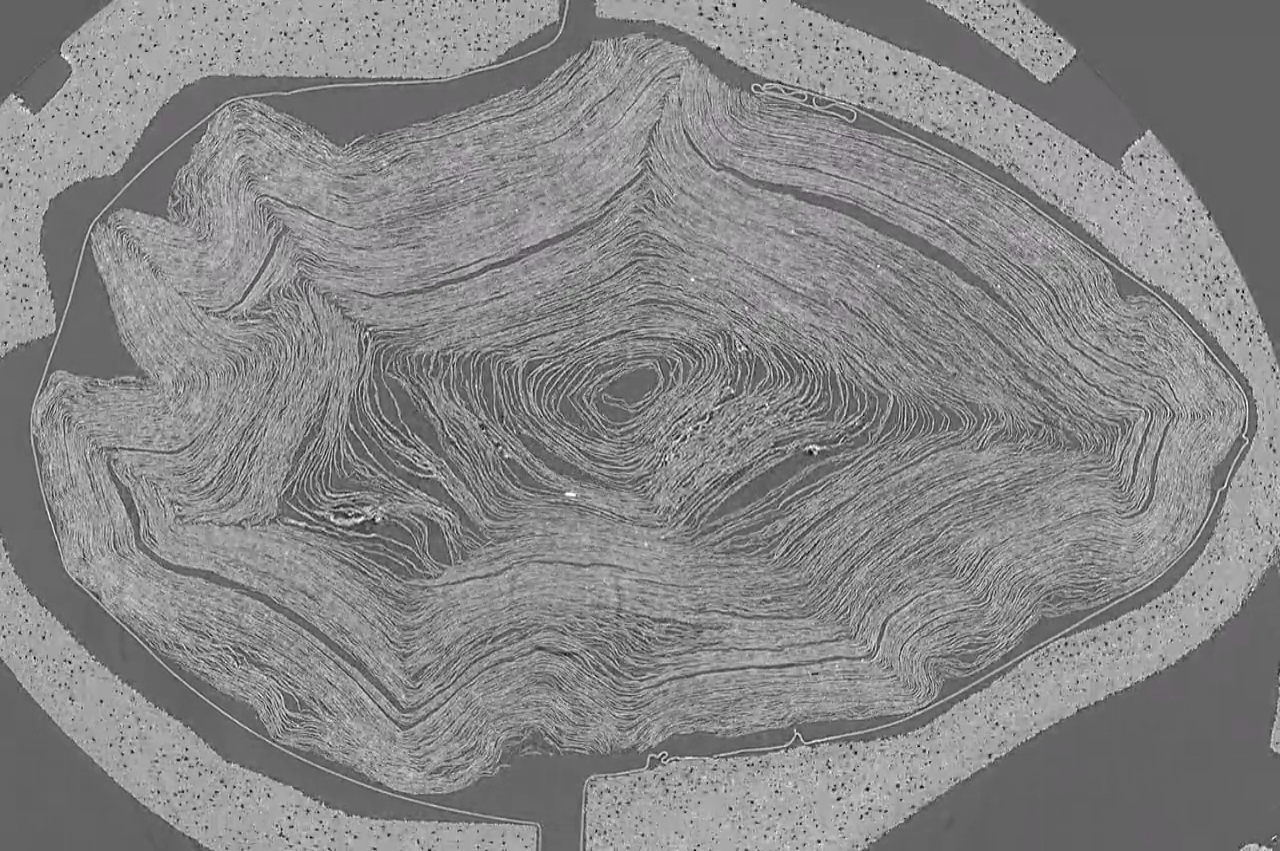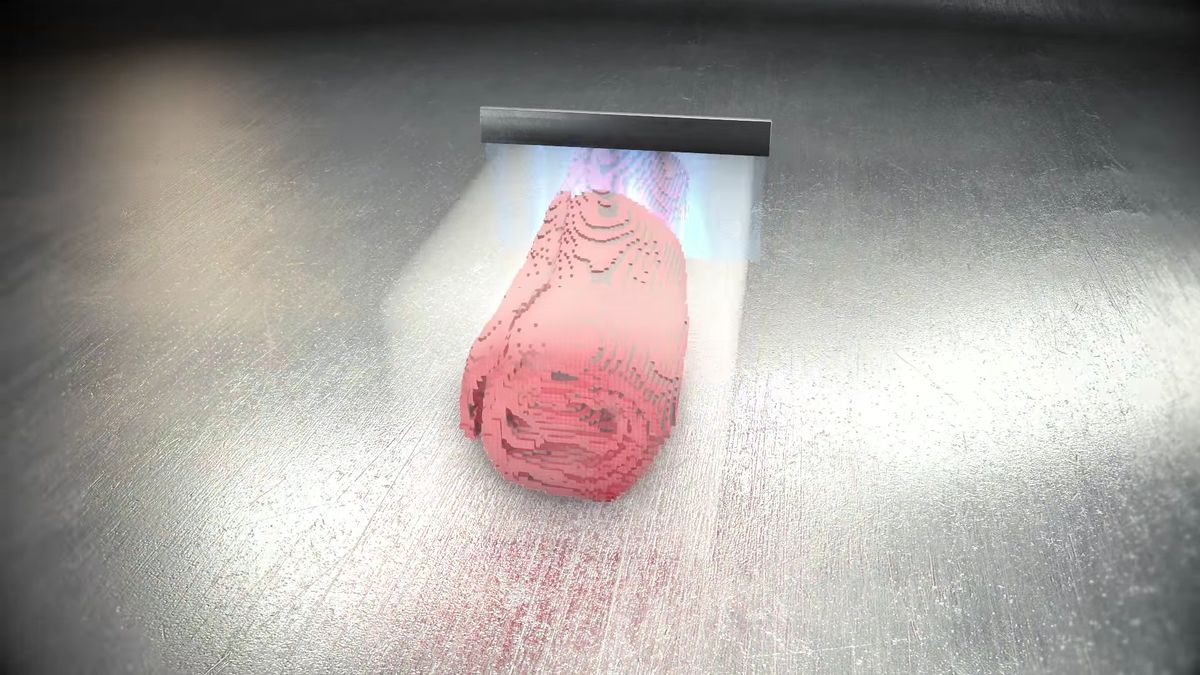You hear that? That’s the sound of people everywhere saying ‘they can do that?’ after reading how researchers used imaging, computer vision, and machine learning to read ancient Roman text within what most would think amounts to little more than a stick of charcoal by looking at it.
The 2000-year-old scroll is one of more than 800 discovered in the ruins of Herculaneum, a Roman city buried by the eruption of Mount Vesuvius in AD 79. Carbonised by the eruption, each scroll is incredibly fragile, and any attempt to open one up to see if it’s in any way legible has ended in a crumbling mess. Yet researchers have been keen to unlock the secrets stored in these scrolls, and it looks like machine learning might have proven the key to doing so.
Firstly, the scroll read by researchers was unwrapped, virtually. This complex process involves scanning the scroll, which took place at a particle accelerator near Oxford, UK. Then, these crumpled layers were unfurled into what amounts to flat layers of papyrus—still virtually, of course.
“The X-ray photos are turned into a 3D volume of voxels using tomographic reconstruction algorithms, resulting in a stack of slice images,” the Vesuvius Challenge webpage says.
Then a step called Ink Detection was carried out on the unfurled layers, and this uses a machine learning model to identify the inked regions of the papyrus.
Various teams of researchers have then been trying to extract text from the scrolls as a part of something called the Vesuvius Challenge. Each team used various methods, models, and improvements to the previously developed methods to try and uncover more of what these scrolls are hiding. Each team then had until midnight on January 1, 2024 to submit their results to enter the challenge before a team of “eminent papyrologists” reviewed each entry to verify the results. The winning team won $700,000.
The winning team—comprised of Youssef Nader, Luke Farritor, and Julian Schillinger—entered a submission that was deemed by all the judges as being the most readable of the lot. Here’s how they did it, according to a non-eminent, non-papyrologist (me).

The team’s approach built on a previous discovery of a crackle pattern, which was discovered by Casey Handmer last year. This was later developed on by Luke Farritor, who used a GTX 1070 as a part of his more recent prize-winning efforts. Other teams of researchers, including another member of the winning team, Youssef Nader, had also built excellent machine learning models for detecting ink using fragments of the scrolls that had fallen off, though these only appeared to work well on fragments, not rolled up papyrus.
The winning team used the combined knowledge of these approaches to produce the clearest results with the rolled up scroll remains.

“The submission contains results from three different model architectures, each supporting the findings of the others, with the strongest images often coming from a TimeSformer-based model… In addition to unparalleled ink detection, the winning submission contained the strongest auto-segmentation approach we have seen to date.”
Around 5% of the first scroll has now been read as a result of all the work from all the teams of researchers working on this crumbly subject. And that’s why the 2024 Vesuvius Challenge Grand Prize has now been announced, with the ambitious aim of going from the 5% now known up to 90% of all four scrolls that have been scanned.
So, there’s definitely work to be done to understand more of it, but even today the researchers have some idea of what it says: “as too in the case of food, we do not right away believe things that are scarce to be absolutely more pleasant than those which are abundant.”
Yep, it’s all about the pleasures of life, or what’s known as Epicureanism. Namely, for this section at least, the pleasures of stuffing your face.
www.pcgamer.com
